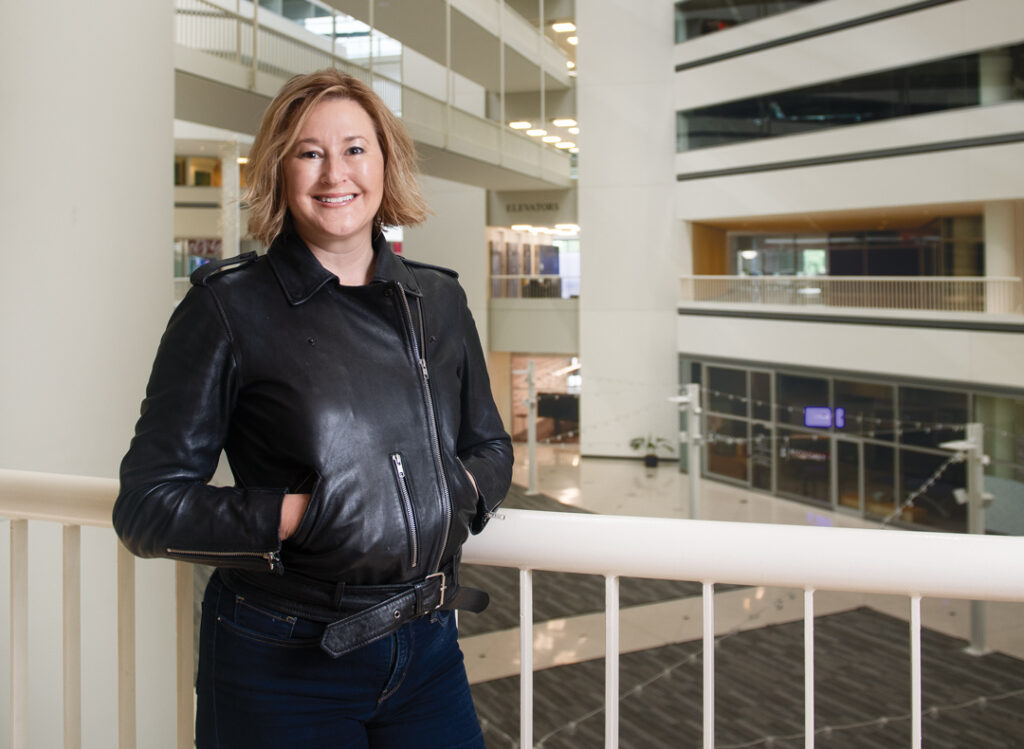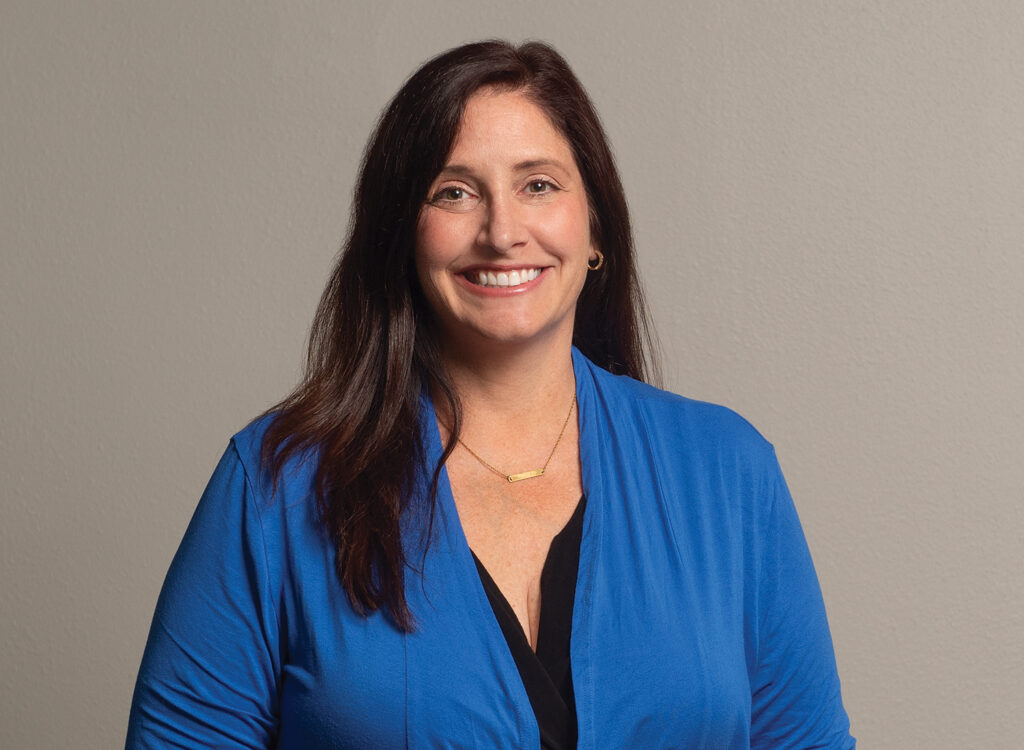Gender Gap Extends to Women’s Financial Fitness

JOE GARDYASZ Dec 18, 2015 | 12:00 pm
5 min read time
1,212 wordsBusiness Record Insider, Insurance, Lift IOWA, Women’s and Gender IssuesWhen Amy Friedrich asks female acquaintances whether they own life insurance, she hears a common refrain. They believe it isn’t necessary.
“One of the things that has surprised me is they say, ‘I know I’m going to outlive my husband, so my husband has life insurance,’ ” said Friedrich, who is senior vice president of the specialty benefits division at Principal Financial Group Inc. “The next logical extension of that (argument is): If you aren’t going to need life insurance because you’re going to live longer, are you saving? And the statistics are saying they’re not doing that either.”
As women’s spending power, workplace status and role in the household continue to evolve, the financial services industry is working overtime to catch up with these societal trends, Friedrich said.
“It’s a very hot topic right now to understand women’s role in financial planning and insurance,” she said. “The retail consumer industry has caught on to the women’s spending power thing sooner than the financial services industry.”
Real gap
A study conducted earlier this year by ConsumerAffairs magazine estimates that 70 percent of U.S. households with children under 18 would have trouble meeting everyday living expenses within a few months if a primary wage earner were to die. In more than 60 percent of those families with children, women now bring home at least one-quarter of the family’s earnings, the study found, and in 40 percent of those households, women are the primary income earner.
“When we look at the gap, the gap is real,” Friedrich said. “There are just simply more men purchasing insurance; there are more men who have life insurance and the stats aren’t actually logical because women’s buying power has increased; (the number of) women in the workforce has increased, and women’s total earnings capacity has increased.”
Mark Power, a professor of finance at Iowa State University, said numerous studies have shown that women face challenges on several fronts to reach financial equality with men, and not just in terms of pay equity.
In addition to the pay gap — which is about 77 cents earned by women to every dollar paid a man for the same position — lower aggregate earnings can also be attributed to women taking time out from the workforce to care for their children, which generally means less time to contribute to a workplace retirement plan, Power said. Additionally, women tend to invest more conservatively than men and so have lower cumulative earnings.
On top of all that, “women also tend to outlive men and incur expenses as related to their own care as they age,” he said.
From Friedrich’s perspective, cultural assumptions have not kept pace with new realities.
“So men are still feeling responsible for some of the largest pieces of security, and we’re talking the very basics such as food and shelter and what happens in a death,” she said. “And I think women, even though they have more earning power, are still taking care of some of the emotional needs of the household such as education and emotional security. Those roles are evolving; I think we will see some of the (insurance) purchasing going up.”
Small business insights
Principal has gained insight from surveying small business owners, and the company in the past couple of years has begun asking gender-specific questions to differentiate female business owners’ attitudes and behaviors.
“I would say even three years ago, the trend data we were gathering, we were not looking at by gender,” Friedrich said. “We were looking at it by generation, by types of products, by how long you had been with us. Now I’m seeing that we’re very keenly interested in gender data as well and understanding what small and big learnings we can take from that.”
According to the small business data, “female business owners tell us they value life insurance even higher than male business owners do, but they own less,” Friedrich said. “So even from our own research, it doesn’t make a lot of logical sense.”
What is clear from the research is that women’s loyalty to a life insurance or financial services product depends largely on relationships based on the quality of service after the purchase.
“So when they have an issue or a problem, how did we respond to that, and how did we use that as an opportunity to build the relationship?” Friedrich said. “That is what makes the women’s marketplace a more successful marketplace.”
Insurers and other companies targeting female clients would do well to staff front-line positions with people whose personal styles value listening well and having a conversation rather than merely seeing how quickly they can close a transaction, she said.
“So I think that the whole industry and Principal are coming to realize is that engaging in a relationship with women is going to be worth it, but it’s not going to be the same purchasing behavior (as men),” she said. “It’s going to be a different pattern, and by the way that pattern may actually be longer.
“But the great thing is that women tend to stay the course better; they tend to hold on to things longer, and they tend to stay the course longer. So there’s a payoff, but maybe it’s a different cycle. And it’s maybe not a marketing question but more of a human question — who meets my criteria of talking to me as another human being the best.”
Working with women
Adviser’s communication skills a priority:
58 percent of women rank a financial professional’s ability to explain financial concepts clearly without talking down to them as extremely important.
35 percent of men rank the ability as extremely important.
Wives less likely to engage with adviser:
39 percent of husbands say they take the lead with their financial adviser.
26 percent of wives said they take the lead.
39 percent of women say they and their spouse work equally with their adviser.
26 percent of men say they and their spouse work equally with their adviser.
Women seek advice from friends, family:
57 percent of women say they will consult with friends and family for financial advice.
43 percent of men will consult with friends and family for financial advice.
40 percent of women will consult with colleagues for advice.
31 percent percent of men will consult with colleagues.
Source: Insured Retirement Institute study, July 2015
Women buy life insurance when it’s endorsed by their employer
Principal Financial Group Inc. is seeing an increasing trend toward employers sponsoring voluntary life insurance as an employee benefit option, but one in which the employee pays the premium.
By tracking the purchasing patterns of men and women, Principal has found an uptick in the number of women purchasing insurance relative to men when the product is endorsed by the employer.
“What we’re finding is that when the employer has said, ‘I endorse this,’ you get equal purchasing behavior between males and females,” said Amy Friedrich, senior vice president of Principal’s specialty benefits division. “So something about that engagement gives females more comfort than the broader population statistics indicate they are willing to purchase. Tracking that over time, what we’re finding is that the more we give options on how to contact us during enrollment, the higher that participation.”










